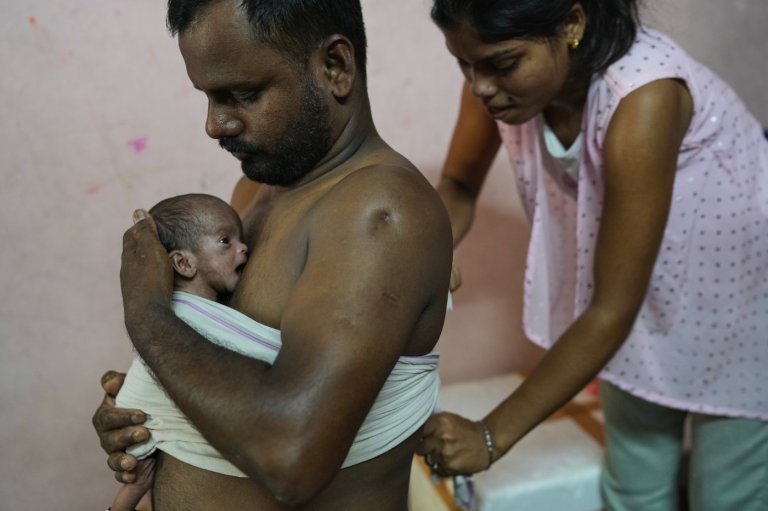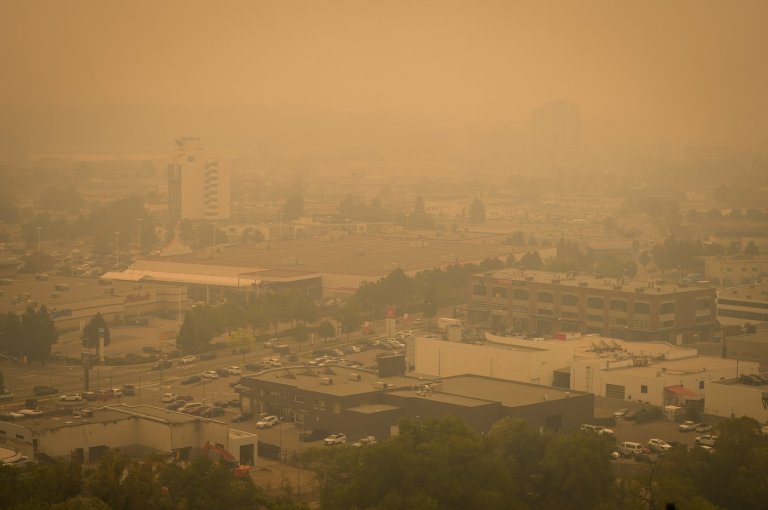AP FACT CHECK: No evidence to back claim of VapoRub death
A viral Facebook post claims a 2-year-old boy died after his mother applied Vicks VapoRub to his skin, but the manufacturer and authorities in U.S. and Mexico say they have no record of such a death.
Posts shared by several websites including smag31.com and naij.com in the past two months reference a Mexican mother who applied the ointment to her sick toddler son’s body, including under his nose in order to help him breathe. The post says he later was found dead due to inflammation of the respiratory tract. The story blames camphor in the ointment for the death.
The story does not name the mother, the baby or the place of death. Versions of the story have been posted in previous years, with some including a reference to a woman named Elena who works in a tortilla factory.
U.S. Food and Drug Administration spokeswoman Andrea Fischer said a search of a database dating back to 1968 reveals no deaths of children using VapoRub. Reporting of adverse reactions to medication by health care professionals or consumers is voluntary, she said.
The office representing Mexico’s health secretary also said it had no record of any death caused by VapoRub.
Velvet Gogol Bennett, a spokeswoman for VapoRub-maker Procter & Gamble Co., said the Cincinnati-based company has investigated the story’s claims but it has never received any notification from any local health authority, hospital, doctor or “official news organization anywhere in the world.”
VapoRub contains low, government-approved doses of camphor. The label advises against VapoRub’s use in children younger than 2 and says the cough-suppressant shouldn’t be applied near the mouth or in the nostrils. P&G also markets a Vicks BabyRub for infants 3 months and up that doesn’t contain camphor.
Camphor use on young children has been a subject of concern for doctors. A 2009 report in the journal Pediatrics described three New York City toddlers who suffered seizures after they had eaten camphor products, inhaled camphor or had it rubbed on them for colds. The products included folk remedies, pesticides and air fresheners.
The labeling on VapoRub was supported by findings from a 2009 study by Wake Forest University researchers published in the journal Chest, although it suggested VapoRub could cause respiratory distress in infants and small children.
___
Associated Press writer Maria Verza in Mexico City contributed to this story.
Join the Conversation!
Want to share your thoughts, add context, or connect with others in your community?
You must be logged in to post a comment.


















